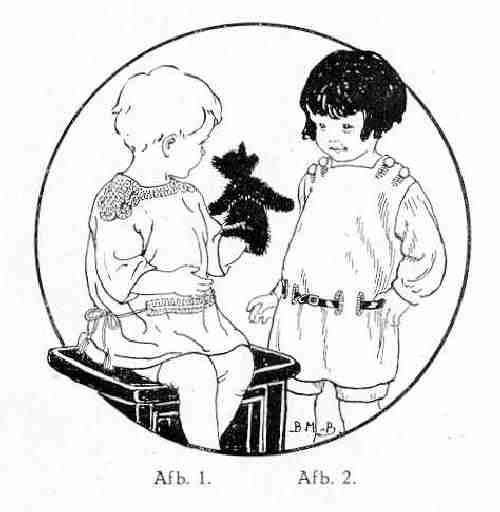
Figure 1.--This image from a 1992 Dutch sewing magazine illustrates smocks that mothers could sew. Notice that both of these smocks have belting arrangements.


Figure 1.--This image from a 1992 Dutch sewing magazine illustrates smocks that mothers could sew. Notice that both of these smocks have belting arrangements. |
Dutch sewing magazines offered a wide variety in the 1920s offered a wide variety of smock patterns to mothers sewing their childrens' clothes. Not only were the styles different, but so were the button closures. Some appear to have had draw strings. Smocks also varied as to wether belts were employed or not. These appear to have been primarily for pre-school boys. These are quite different from the traditional smocks that older Dutch boys commonly wore in the late 19th century ad were still seen in rural areas in the 1920s. HBC is unsure as to how commonly these smocks were actually worn by Dutch boys. They seem quite different from the smocks worn by boys in neoghboring countries, especially Belgium and France.
Dutch sewing magazines offered a wide variety in the 1920s offered a wide variety of smock patterns to mothers sewing their childrens' clothes. Not only were the styles different, but so were the button closures. Some appear to have had draw strings.
Smocks also varied as to whether belts were employed or not. This is interesting as there seems little reason to wear a belt on a smock, especiallay if it is not front buttoning. The belt seems purely ornamental. HBC is not sure why belys and other waist devices were so popular. Did they make them more boyish in appearance.
The smock patterns had elaborate information and instructions concerning the detailing on the smocks. While garments were rather basic, the detailing coukd require quite a bit of work. There wwre so many smock styles that there were quite a range of detailong involved.
These appear to have been primarily for pre-school boys. One pattern specified that the smock was for boys from 2-4 years.
HBC is not sure to what extent that the smocks in sewing magazines were gender specific. Some of the hair styles are ambiguous. One clue is that the chikdren wearing short pants under their smocks are almost certainly boys. Girls still generally wore dresses in the 1920s.
The fancy styles seen in sewing magazines seem quite different from the traditional smocks that older Dutch boys commonly wore in the late 19th century ad were still seen in rural areas in the 1920s.
HBC is unsure as to how commonly these smocks were actually worn by Dutch boys. The fact that many patterns were offered by a number of sewing magazines does suggest that many mothers did want to sew them for their children.
They seem quite different from the smocks worn by boys in neoghboring countries, especially Belgium and France.
Navigate the Boys' Historical Clothing Web Site:
[Return to the Main Dutch 20th century smock chronology page]
[Return to the Main national smock page]
[Introduction]
[Activities]
[Bibliographies]
[Biographies]
[Chronology]
[Clothing styles]
[Contributions]
[Countries]
[Boys' Clothing Home]
Navigate the Boys' Historical Clothing Dutch pages:
[Return to the Main Dutch boys clothing page]
[Maiken Island]
[Dutch choirs]
[Dutch royalty]
[Dutch scouts]
[Dutch school uniform]
[Dutch boys bangs]
Navigate the Boys' Historical Clothing national pages:
[Return to the Main countries page]
[Australia]
[Belgium]
[England]
[France]
[Germany]
[Ireland]
[Italy]
[Japan]
[Korea]
[Mexico]
[Netherlands]
[Scotland]
[United States]
